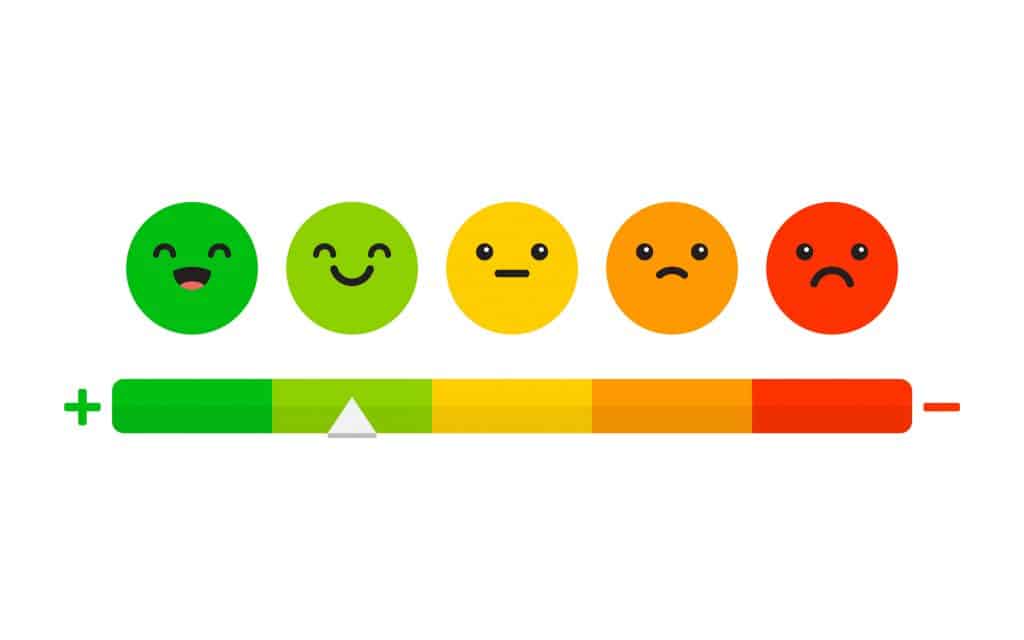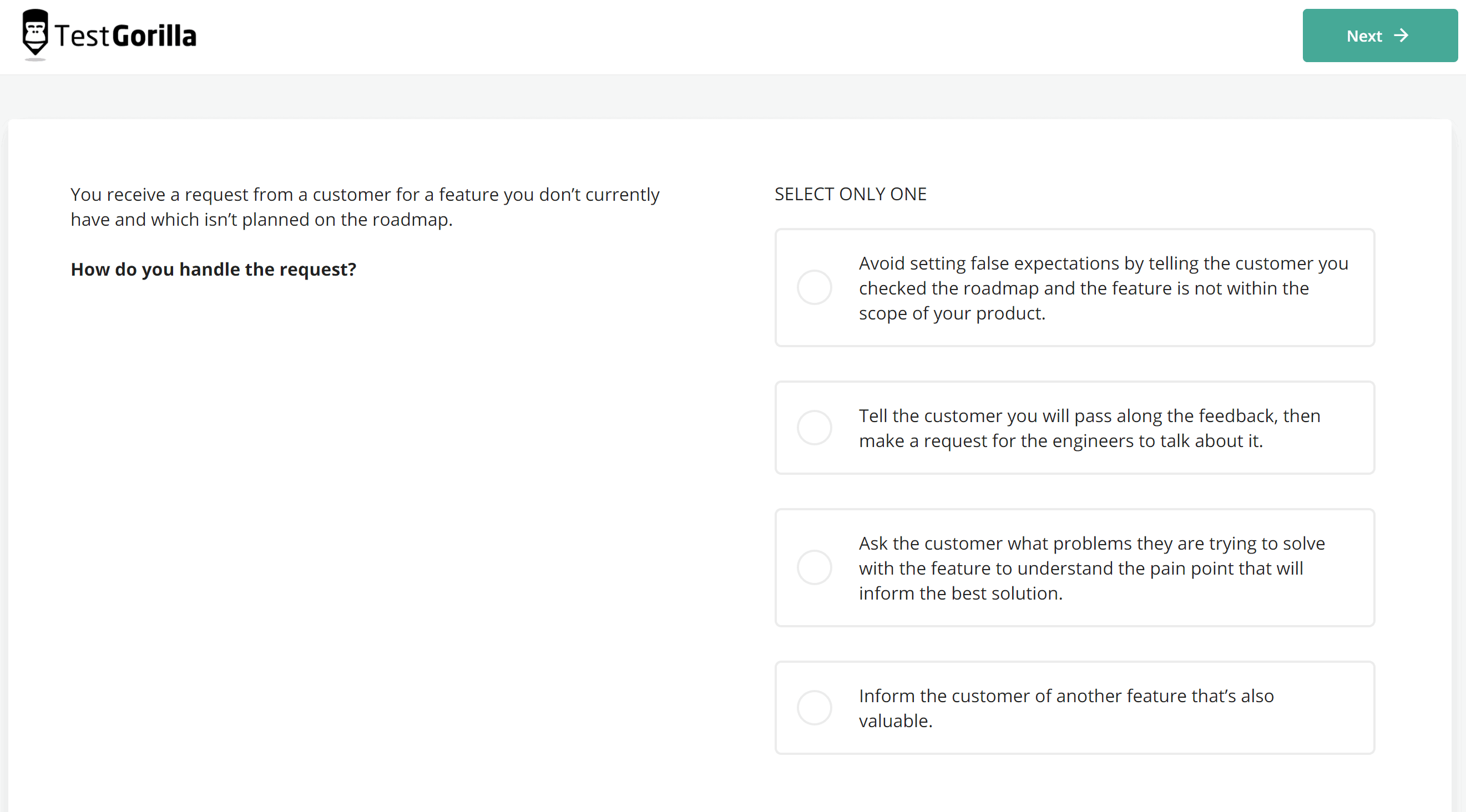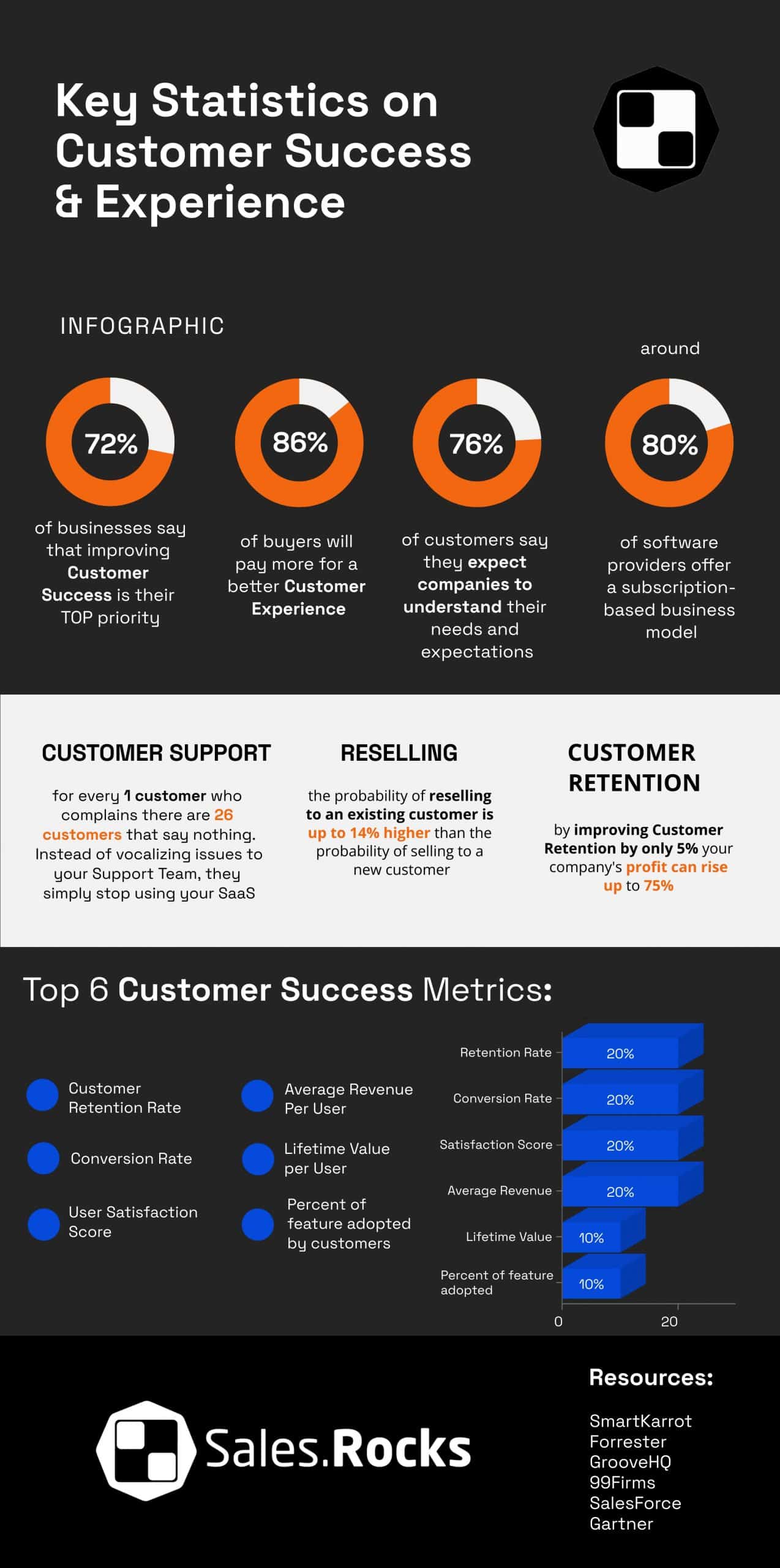Updated on April 21, 2022
Let’s talk about one of the most important types of success in the B2B SaaS world – Customer Success.
For as long as humanity has been into commerce, the way we sell, the way we buy, and the way we do business in general – have been evolving.
In this day and age, when technology has integrated deeply into our lives and quite strongly cemented its place in the online environment, we bear witness to the digital transformation of the business model.
One type of digital business is the SaaS business model, which is currently trending in the B2B sphere and hugely relies on customer retention. This is true for all subscription-based business models. Thanks to the SaaS business model a new light was shed on where exactly the success of a business lies generally.
Having the right tools and SaaS Sales Metrics to measure, analyze data, and therefore predict the best route to success, we stumbled upon an old revelation that until recently we didn’t have the facts to prove it – Customer Success is the most important aspect in any business.
Once your eyes are opened to this fact, everything else you do to improve your business revenue follows suit.
Let’s first draw a line between two segments of your customer success program.
Customer Experience Vs. Customer Success
Irit Eizips, CEO at CSM Practice (a customer success consulting firm), shares interesting views on customer relationship management.
How do we deliver things for clients and how they feel about it – fits the customer experience segment. Whereas, customer success is when we also make sure that we provide value to our current users from the product and service they paid for.
See the difference?
So basically, not just how they feel about our reaction to their needs and the quality of service they receive as a support, but what is the actual value they get from our services is equally important.
Customer Success is the process that takes over after the sales process ends and continues with the nurturing phase by keeping customers happy.
Because it is a process in itself, customer success management is also regulated by a playbook that is shared across customer support and customer satisfaction teams.
Experience: reactive interactions such as providing support and professional services in the form that is best suitable to them, for example – Onboarding video calls or self-based: knowledge base, how-to videos regarding using our SaaS. All in all, making sure we deliver the right experience at the right time in the way that our customer feels most comfortable with.
Success: proactive, building a long-term relationship by nurturing our active users after the sales process ends and making sure we can prove that we delivered the desired business outcomes of our customers using our solution.
Increasing Product Adoption
Both of these aspects serve to increase product adoption and make sure they continually receive value from our product over the course of their entire customer lifecycle, as their own business grows. This also opens the window for upselling and cross-sells.
According to a customer support statistics report by Groove, the probability of selling to an existing happy customer is up to 14x higher than the probability of selling to a new customer
What is the role of a great SaaS Customer Success Manager?
Besides managing the customer success team, the CSM (Customer Success Manager) has to lead the path towards increasing the engagement and revenue from your current users.
In the past, the sales force used to have a different name for this role – the revenue retention team. In the early days of SaaS, the whole concept was quite new. But what we find are the same characteristics and similar activities that were tackled and worked on during the evolution of the customer success philosophy.
According to Dan Martell, today we have a clearly defined category of what outcomes and activities should your CSM be achieving for your SaaS product that is directly tied to increasing the number of their customer base, growing the customer lifetime while reducing the customer churn rate at all costs.
Create a Customer Health Score
You should have the plan and insights in order to outline the key characteristics of each stage when a new account enters your subscription model software. This allows you to quantify where your customers are in their process and therefore make sure they have high activation or engagement score. In other words, you create growth opportunities throughout the entire lifecycle of your active users and turn them into loyal evangelists.
Hubspot, for example, talks about their CHI (Customer Happiness Index). This metric is used to quantify the degree to which a customer is satisfied with your product usage and overall experience and engagement with your company.
This is a unified, simple way to have customers separated into different categories (e.g. red, yellow, and green) so when talking with your CSM you can be on the same page regarding which customers are red, or yellow, and what is the strategy from the playbook to execute when dealing with them. What are the steps and activities performed to make them green?
Then, some organizations have also incorporated the color purple which is reserved for your loyal customers – the best-fit users that are engaged the most with your product or service and act as advocates for your brand. That is the next level of health score!

A Great CSM is Outcome-Focused
As Dan Martell explains, one of the most important activities that make a CSM successful is being laser-focused on the outcome that the client came to their product to achieve.
The greatest mistake that a lot of customer success managers make is: they think they know what their clients want. This is a recurring mistake in the SaaS business model, where a software service might have different features that solve different needs and problems, so they assume every client is up for the same treat. It is very much like customer development.
A growth-oriented CSM must understand and have clarity on the specific desired outcome of each client account by performing regular needs analysis, timelines, and expectations. This way, CSMs can better assist clients in the complete product activation and feature usage, enabling their current customers to fully grasp the benefits of the features they prefer.
Make a framework having these things in mind and it will guide all your interactions with the customers, how to activate them, and open the doors to upsell, cross-sell and retain them.
Customer Success Improves the Renewal Process
Customer success executives are the new heroes of the customer journeys. They make sure that there is a smooth transition from one stage to another.
It becomes tricky for many companies when they have to manage both customer service and customer success at the same time. However, when these two teams work together, it creates a synergy effect for the business.
There is a lot that a company can learn from its customers and this information can be put into use in order to improve their experience with the product or service over time.
When customers feel like they are being helped rather than experiencing the “customer remorse” for their original purchase, they are more likely to continue with the company.
A customer success strategy is an integral part of a successful company and can provide many benefits. One of these is that it can improve the renewal process by making customers feel valued and appreciated.
Customer Retention
In order to increase retention rate, B2B SaaS companies need to work hard on measuring and improving customer success metrics.
For example, if the goal is to increase the conversion rate, then that will affect the retention rate as well because it will determine if customers are satisfied or not with what they bought and how they experienced it.
The customers of innovative companies who have a strong customer success strategy tend to be more loyal and will often renew their service contracts. This leads to additional revenue for the company, as well as the customer’s satisfaction with their initial purchase. Here are some of the key responsibilities of the customer success manager role.
Ready to hire a customer success manager? Use this Customer success manager (SaaS) test to make sure you’re making the best hiring decision.

Customer Success Metrics: What Should You Measure?
There are many ways you can measure your customer success. Let’s have a look at some of them.
1) Customer Retention Rate – How long does it take before users stop using your product after signing up? If this number is high, there might be something wrong with your onboarding process.
2) Conversion Rate – The percentage of people who signup into your system but do not actually use it. It may also include those who cancel during the trial period. A low conversion rate means that either your landing page was too confusing or your sales team did not follow through properly when contacting potential clients.
3) User Satisfaction Score – Is your user happy with the quality of support provided by your staff? Are they getting answers quickly enough? Do they get help solving issues even though they don’t pay for premium services? These questions should be answered based on feedback received from existing customers.
4) Average Revenue Per User – Can you identify which products/services perform best among your target audience?
5) Lifetime Value per User – Calculate how much money you could potentially earn from someone who has used your product for a year. LTV helps calculate the value of your customer base.
6) Percent of feature adopted by customers – The percentage of the features that have been successfully implemented and are being used at least once a month by a customer’s organization after implementation.
This metric measures the adoption rate for successful implementations, which is an important measure to track because it indicates whether or not your product has reached critical mass with its target audience. It can also be helpful when planning future releases, as you will know how many new features must go into each release in order to achieve this level of usage.
Customer Success Software
Some business leaders make use of customer success software and management tools combined. Customer success software provides you with a unified view of all customer relationships with your business throughout the entire customer success process. It will monitor the ongoing engagement, track key performance indicators (KPIs), and alert the customer success team to potential issues, a dissatisfied customer, or an expansion opportunity.
This software also tracks the likelihood of churn in addition to general indicators such as net promoter score (NPS), customer satisfaction (CSAT), and customer effort score (CES).
On a Final Note
Customer success has been around for quite some time now and has established best practices, as discussed in this article. Formal training in customer success methodology is becoming more and more common as many customer success tools are being developed to assist us in providing the best possible experience for our customers and consequently reach business objectives with ultimate company success.
The initial sale is just the beginning of the success potential of any B2B SaaS company. Marketing, sales, and customer success teams should work together to optimize ideal customer acquisition, retention and therefore increase revenue for the entire company.
Having developed a specific customer success roadmap for your unique business, tracking customer support metrics, and incorporating adjacent products is what makes a company sustainable.
There are many customer satisfaction surveys you can create and perform on different customer segments to enable customer success-driven growth for your product over time.
I hope this article will help you realize the importance of the term customer success in general and how to start utilizing it to keep your best-fit customers happy and loyal. I wish you the best of luck!



